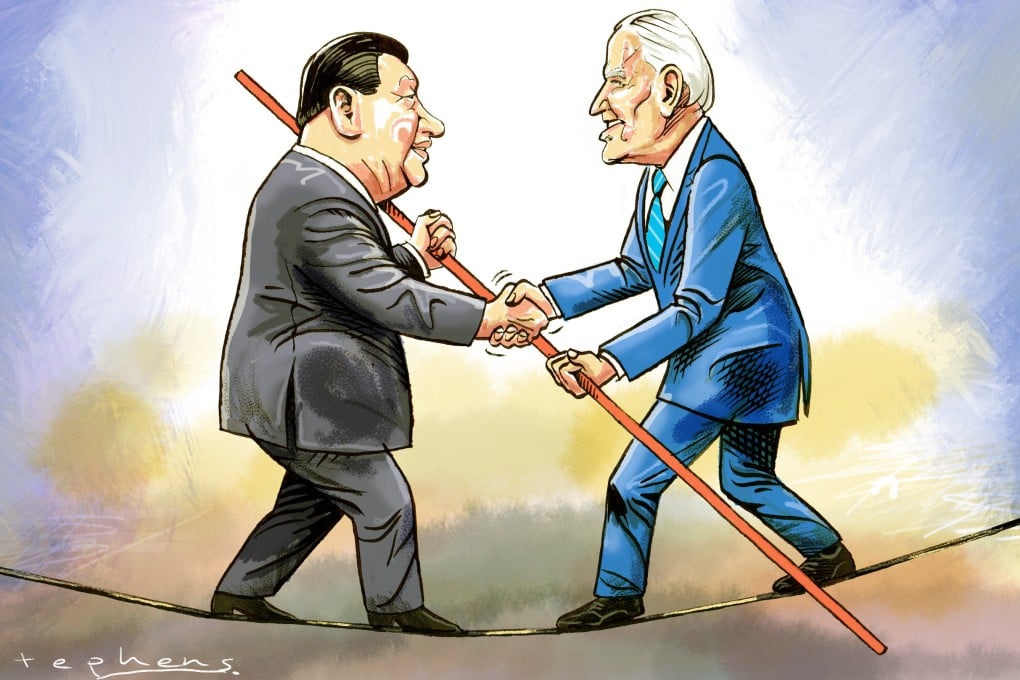Opinion | US-China relations remain fraught, but Xi and Biden are at least willing to work on them
- The US-China talks in Bali gave both leaders a chance to voice their concerns without overshadowing the need for cooperation, which both acknowledge
- The real work of turning this goodwill into meaningful action now falls to the representatives of each side

By setting aside suspicion and worst-case scenarios, both sides exhibited the statesmanship and confidence – in their respective strengths and in their personal relationship – that could bridge the gap between aspirations to manage the relationship responsibly and the mechanisms and processes to do so.
But this outcome, however promising, is only the first step towards a firmer footing. Xi and Biden have set the table, and now their designated representatives have to do the much tougher job of cooking and serving the meal.
This confidence is not only reflected in the picture of the two leaders, shaking hands and smiling, but also in the delivery of their prepared remarks that emphasised the desire for candid dialogue without backing away from the points of competition and confrontation.
The substance of the meeting served three important purposes. First, it allowed both sides to frame the bilateral relationship in their own terms, to a wide audience.
